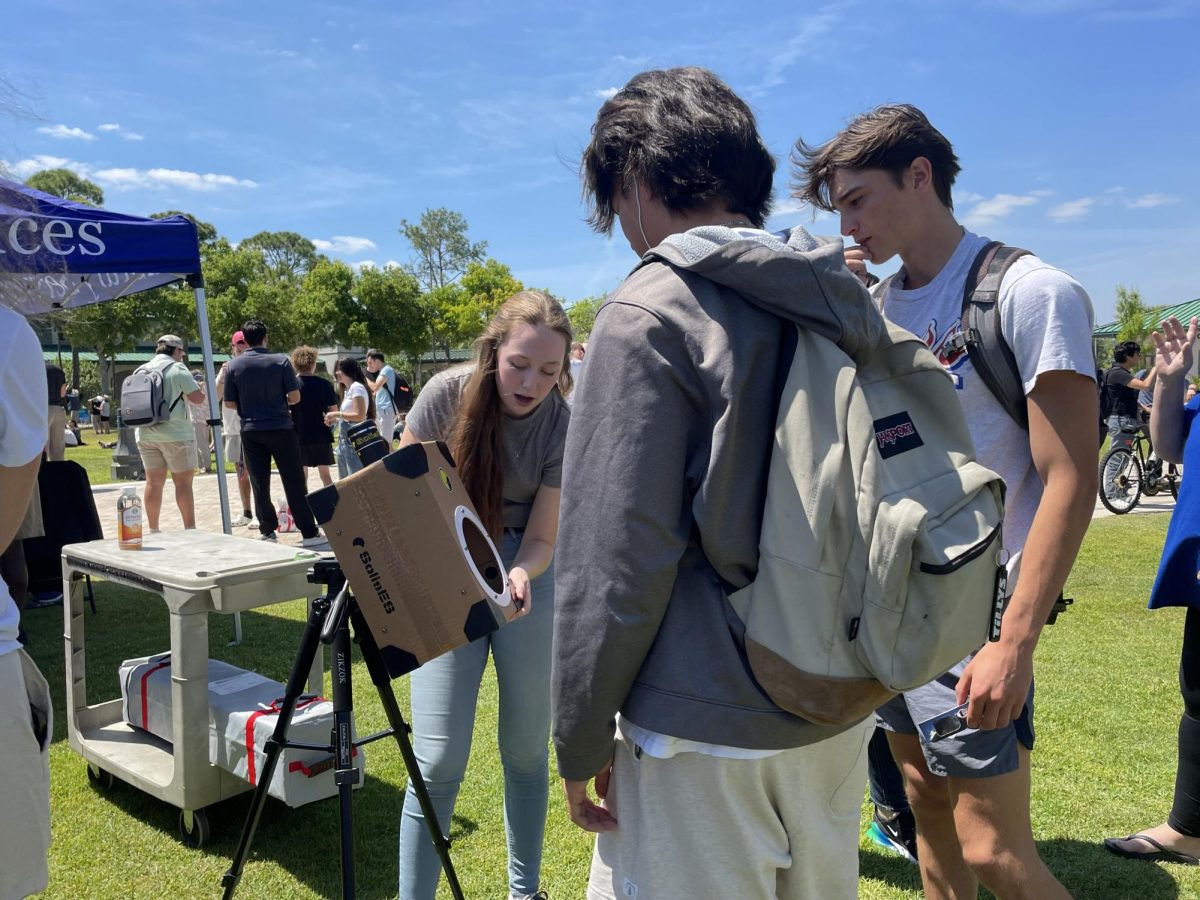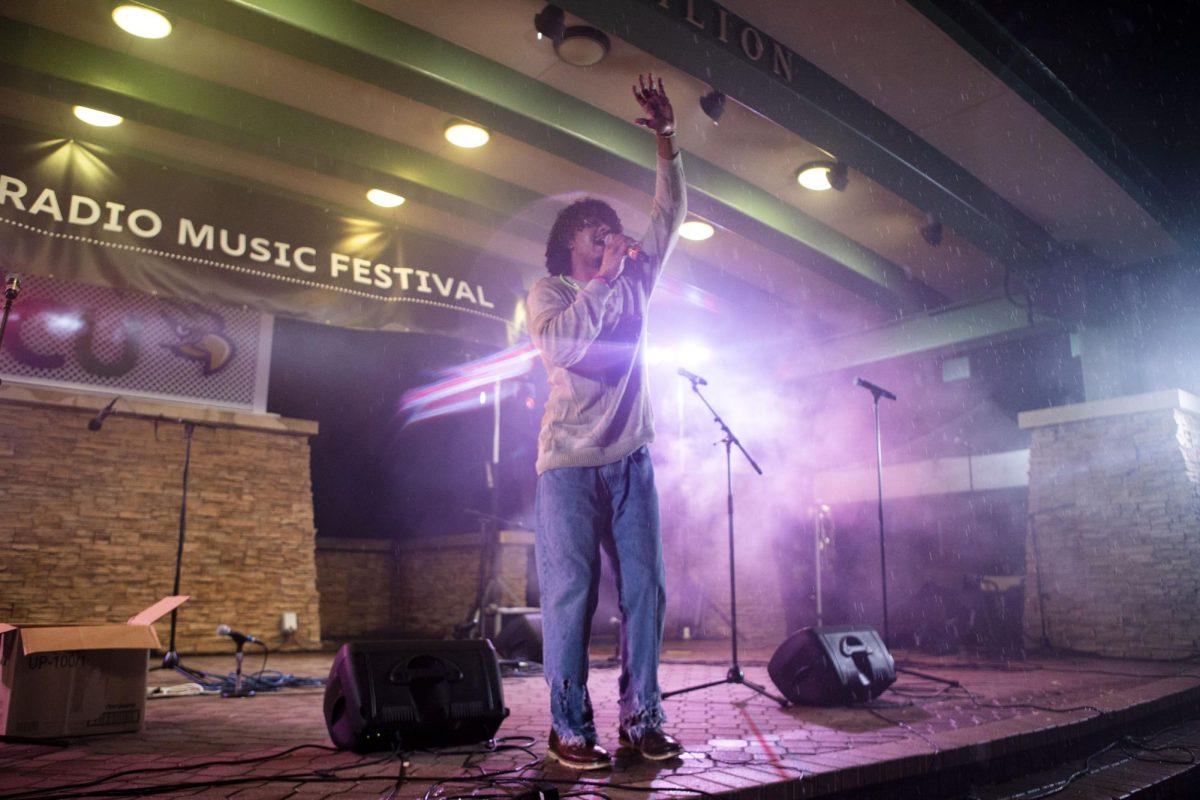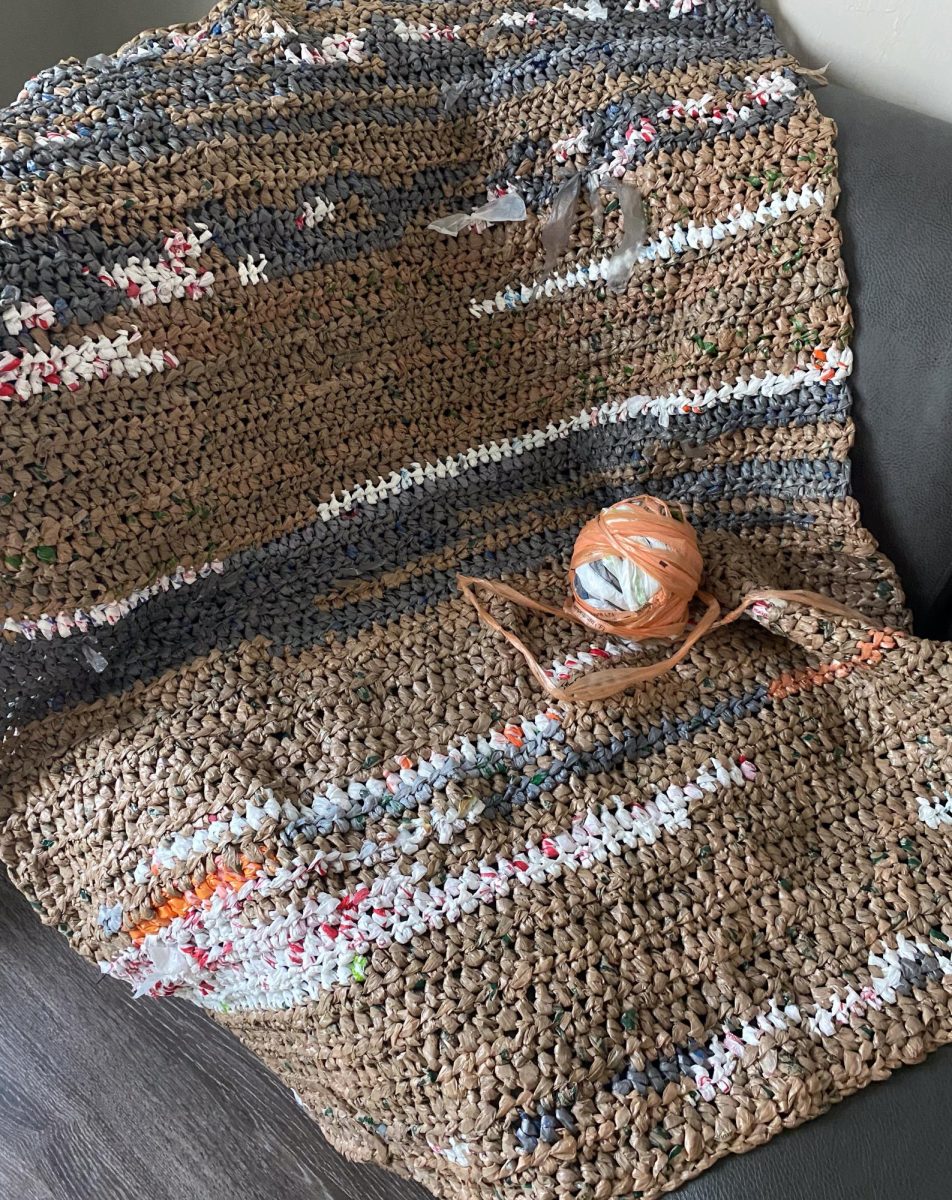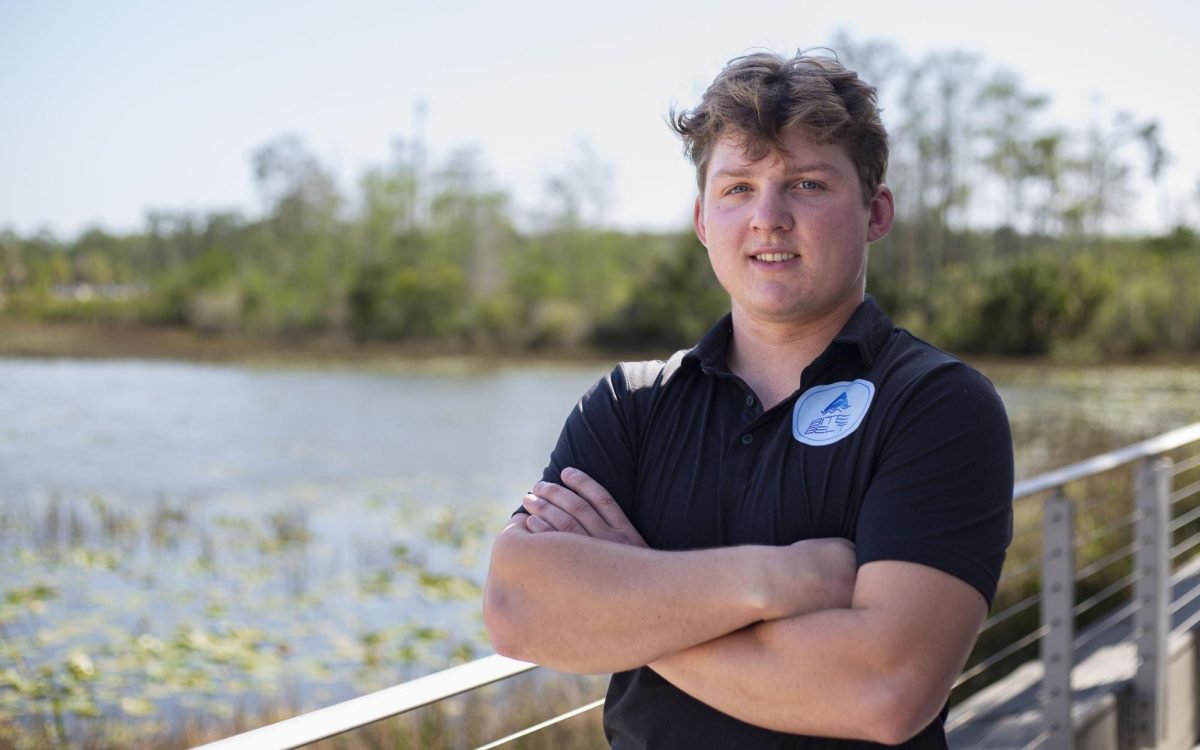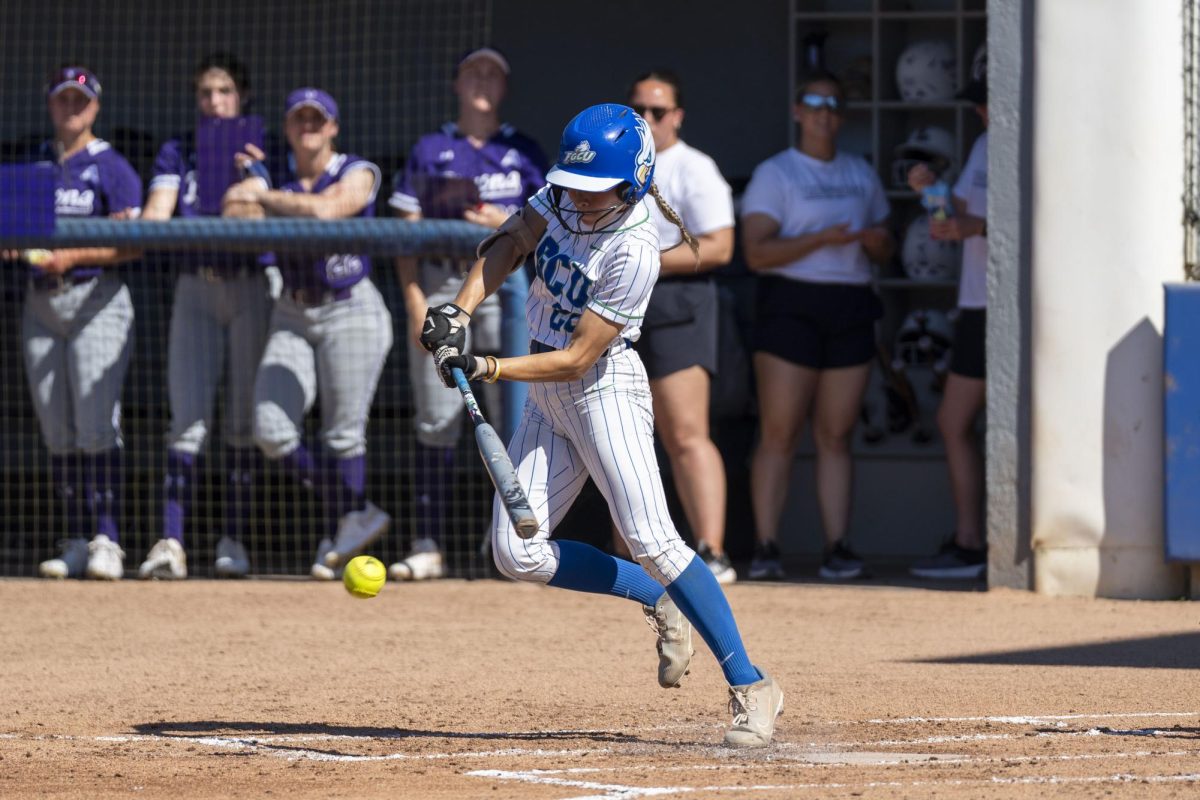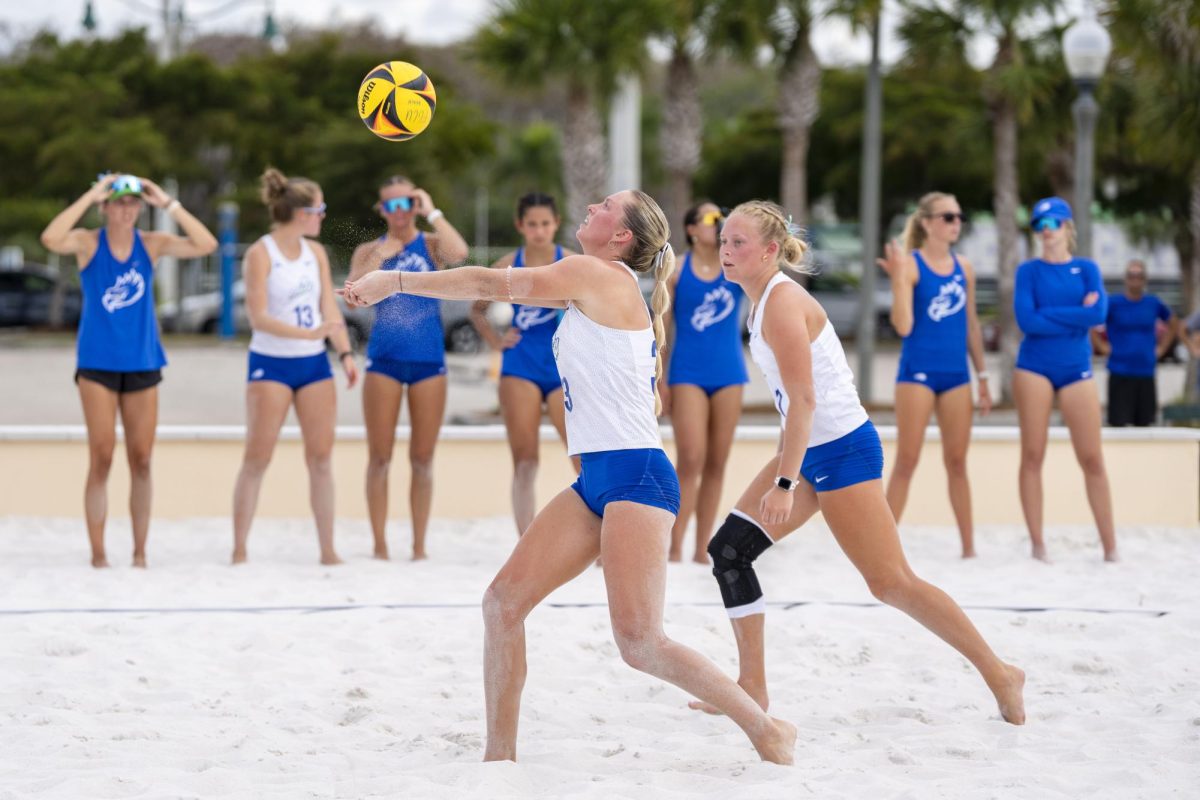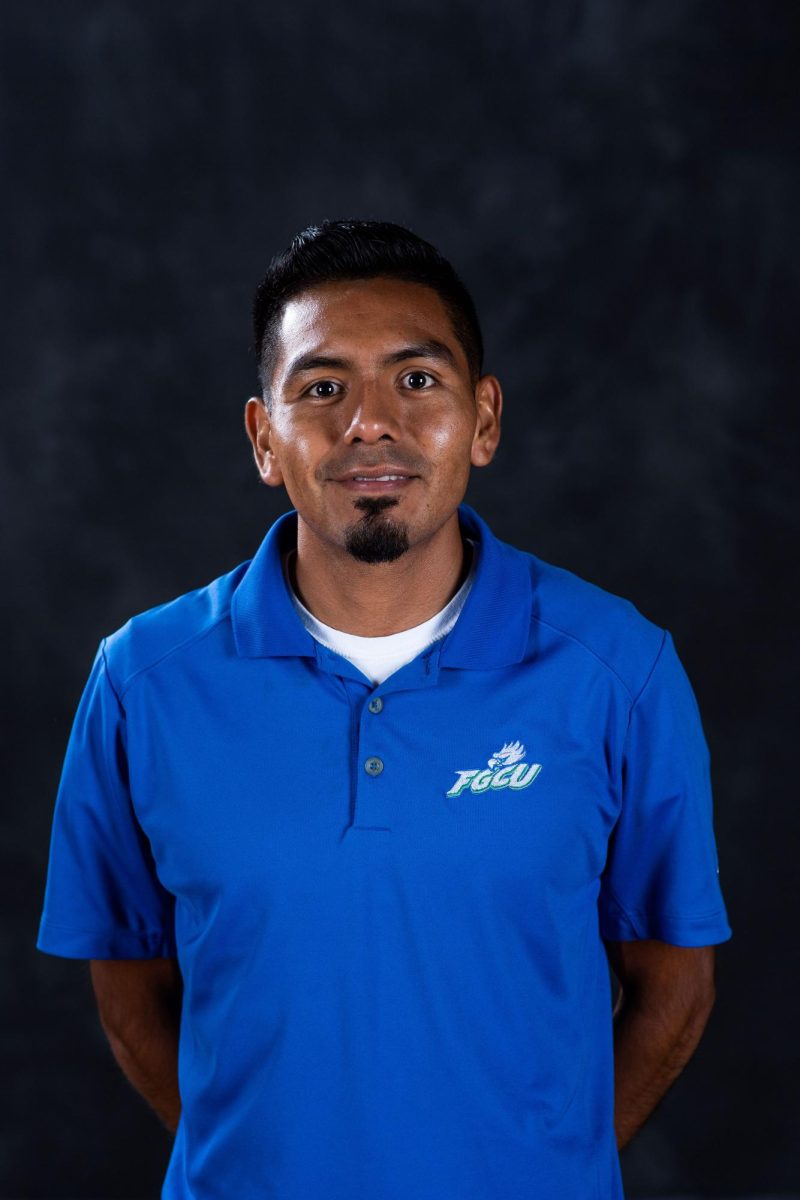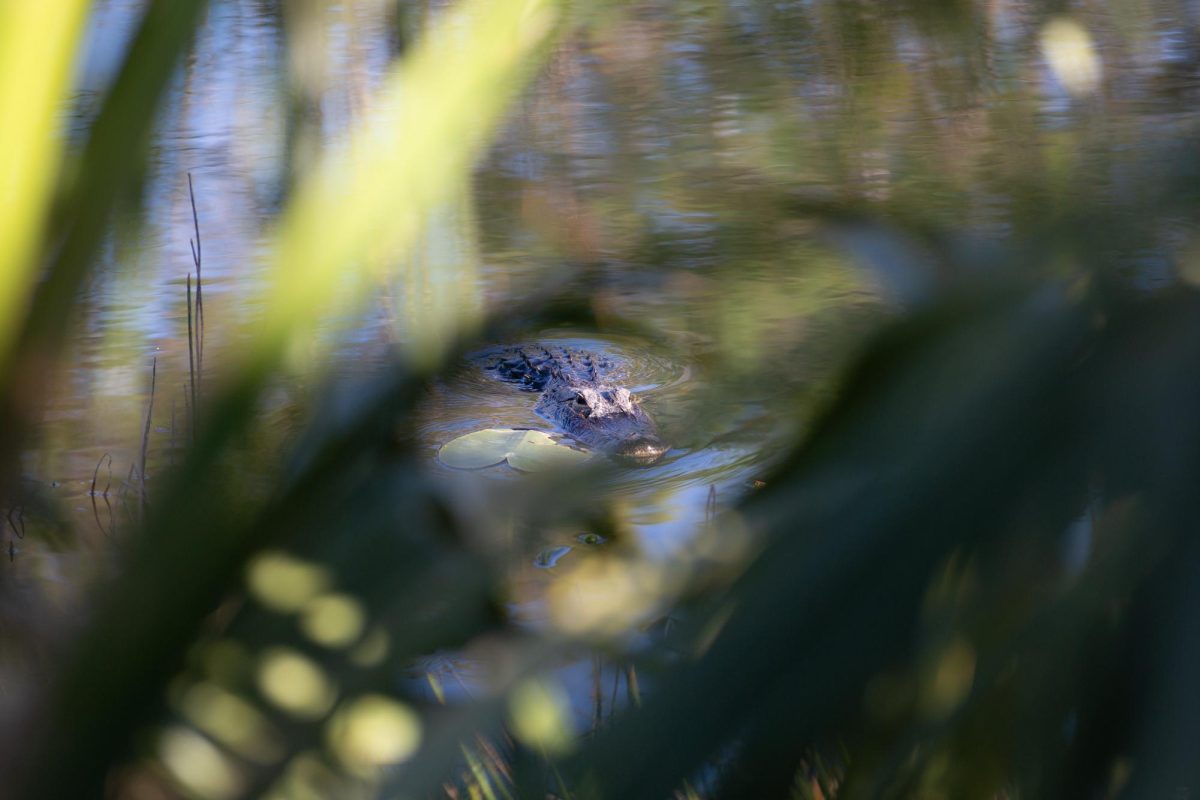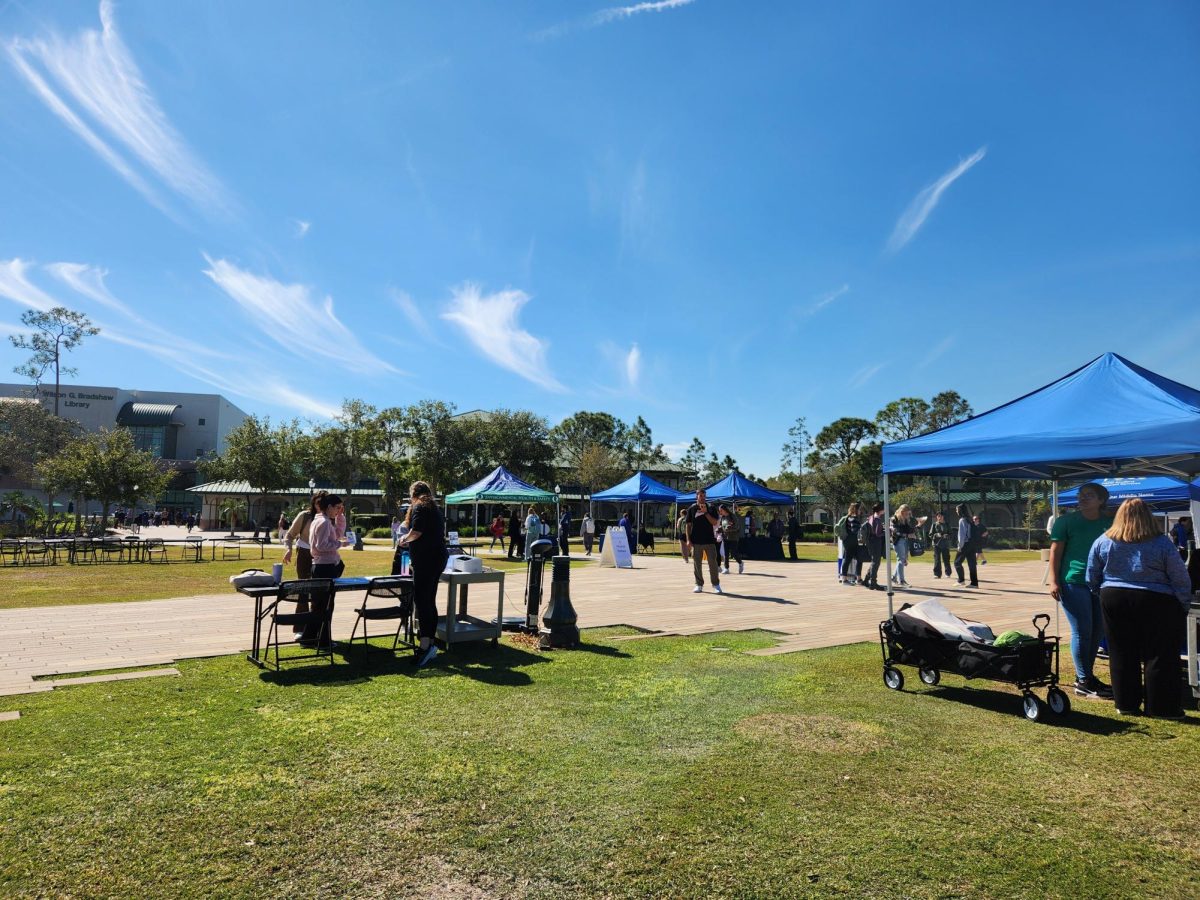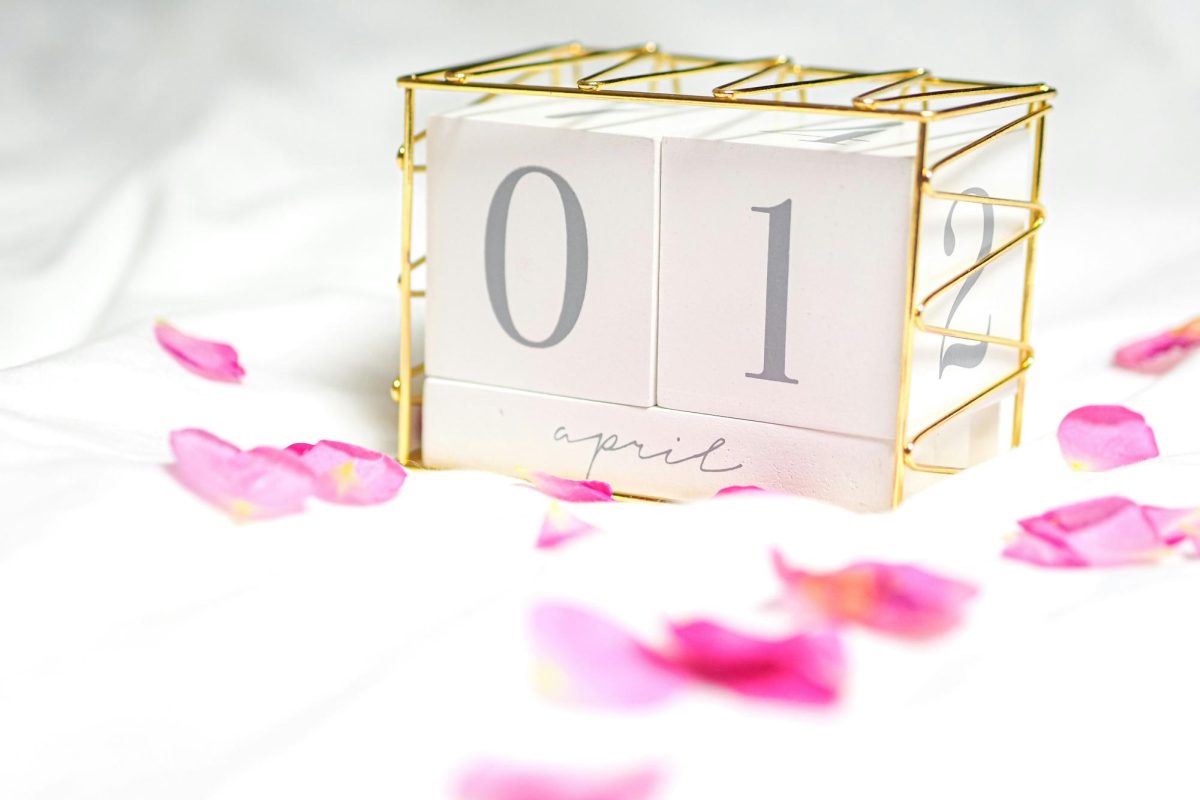By Bruno Halpern
Entertainment Editor
Mark Harris is a San Francisco-based activist artist who combines his passion for social justice into art. Harris specializes in collages, where pieces of paper, photographs, fabric and any material can be arranged.
What drove Harris into this activist-creative path was the shooting of Michael Brown in Ferguson, Missouri, in 2014.
“This [style] came out of a sense of urgency,” Harris said. “It was out of necessity. There was so much inspiration that I had to get a way to get them out. Collage was perfect for me. We’re living so much in a photo-based society right now that was just like the perfect medium to do this kind of work.”
Harris recently visited Parkland and Ft. Myers to gather inspiration for future work and to introduce it to college students. He spoke to journalism students at FGCU last Tuesday.
Harris’ collage art stands out in its engagement to the public on some of the most critical issues facing society today.
One of the main images Harris draws inspiration from Life maganize’s ads from the 1950’s and 1960’s.
“I wanted to use imagery that was powerful and designed to communicate a certain thing to get people to purchase products, to buy into a certain belief or ideal, and juxtapose them with other images from different eras that don’t match or even with my own street photography in San Francisco to create an alternative narrative to some of the issues that were unfolding over the last five years,” Harris said.
Since Ferguson, many unarmed African-Americans were killed by the police and it sparked a national debate. Harris considers his art as an outlet for the African-American community to speak out.
“I don’t wanna sit here and say I speak for every African-American,” Harris said. “Just like with any other culture, we’re not monolithic. But I will say that I know what a lot of them were thinking and feeling and have felt for a long time, and may not have been able to give an expression to it in a way that was healthy or just at all. I’d like to think that I’m speaking to some of them.”
According to Harris, activism in art is essential for democracy, and that his own journey of using art as a medium for political messages has changed since he embarked on this journey.
“I think [activism in art] has taken a different importance to me than when I first did this work,” Harris said. “Initially, it was very cathartic. It was a way for me to process my emotions around what was happening. When I began to see the response from people, it shifted. It was very positive, and I began to see it as allowing or creating an outlet for people to process what they lived through. Their experience as African-Americans are very different from mine, but there are probably a lot of similarities. But not just African-Americans, but people from all cultures really responded to the work well.”
According to Harris, most of the people who buy his art is white, and he believes this is due to cultural differences and access to art.
“Collecting art is a luxury for everybody, especially for African-Americans who are usually not exposed to the art world. It’s just not a big part of the culture while other aspects of art may be, like singing, dancing, acting.
“I’d love to see African-Americans having more access to museums, to art in general, and in terms of creating visual art. I think hip-hop is a great example of culture created out of necessity for people to give voice to what they are living. And now hip-hop is a multibillion dollar, worldwide phenomenon. When it started, I remember people saying it wasn’t going anywhere. For us to have access to visual art, it would be great.”
For some, Harris’ art can be too provocative. In 2017, his art was removed from an exposition in a school in San José because the superintendent thought parents would be offended.
“I don’t really worry about [what people think of my work] anymore. At all,” Harris said. “Allowing people to be who they are is important. It’s integral in conversation, in growth, in dynamism. People come from different places and you need to allow them to be where they are so there can be a discussion, and dialogue, and energy, and ideas, and solutions. So if people don’t get it or don’t like it, it doesn’t bother me because I’m doing it authentically. If I wasn’t, I’d probably have more problem with it.”
Harris said these ideas come to him and sometimes he question whether or not he should do them.
“At the moment they come to me they seem so way out,” Harris said. “But they stay with me, and that’s when I know I have to give birth to it and put it out there. At that point, I think I’ve done my job. Whatever legs it takes on or doesn’t take on, it’s out of my control and how people perceive it is out of my control. I’m always happy to talk about my work, regardless of their stance.”
Harris is also involved with mentoring at-risk youth through art education programs. He is currently teaching youth at the Beacon Center, the African American Art & Culture Complex and is also working with the ArtSpan Youth Open Studios program as an Artist Mentor for youth artists in San Francisco.

